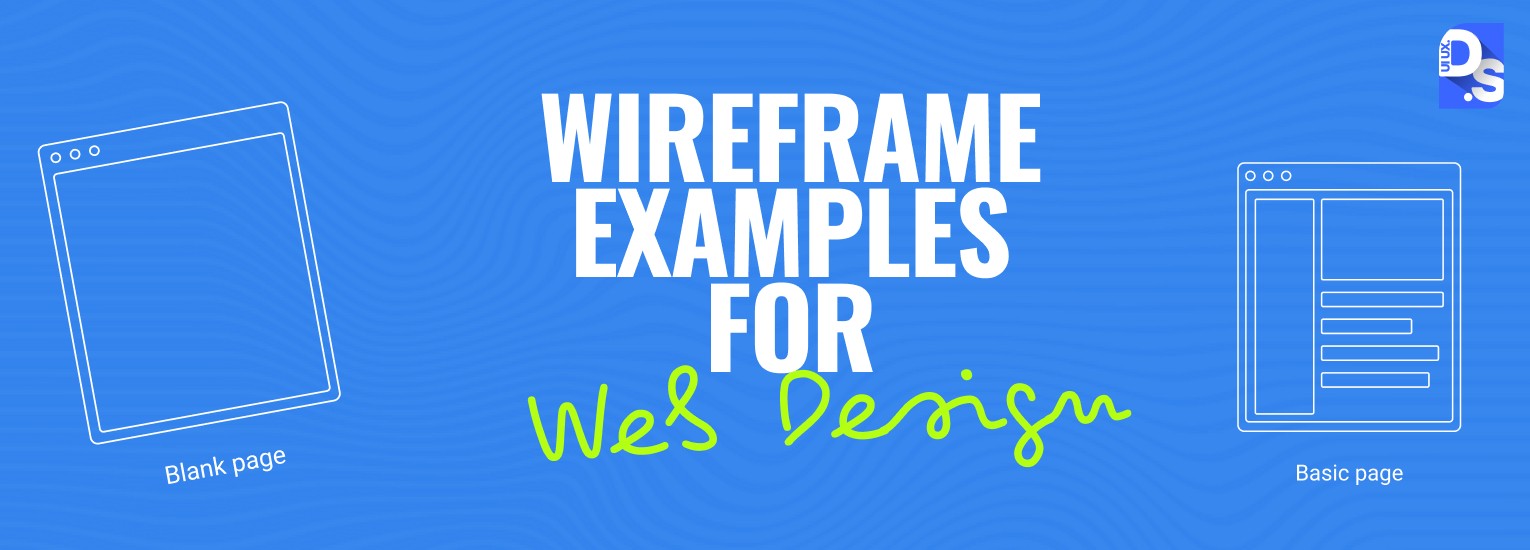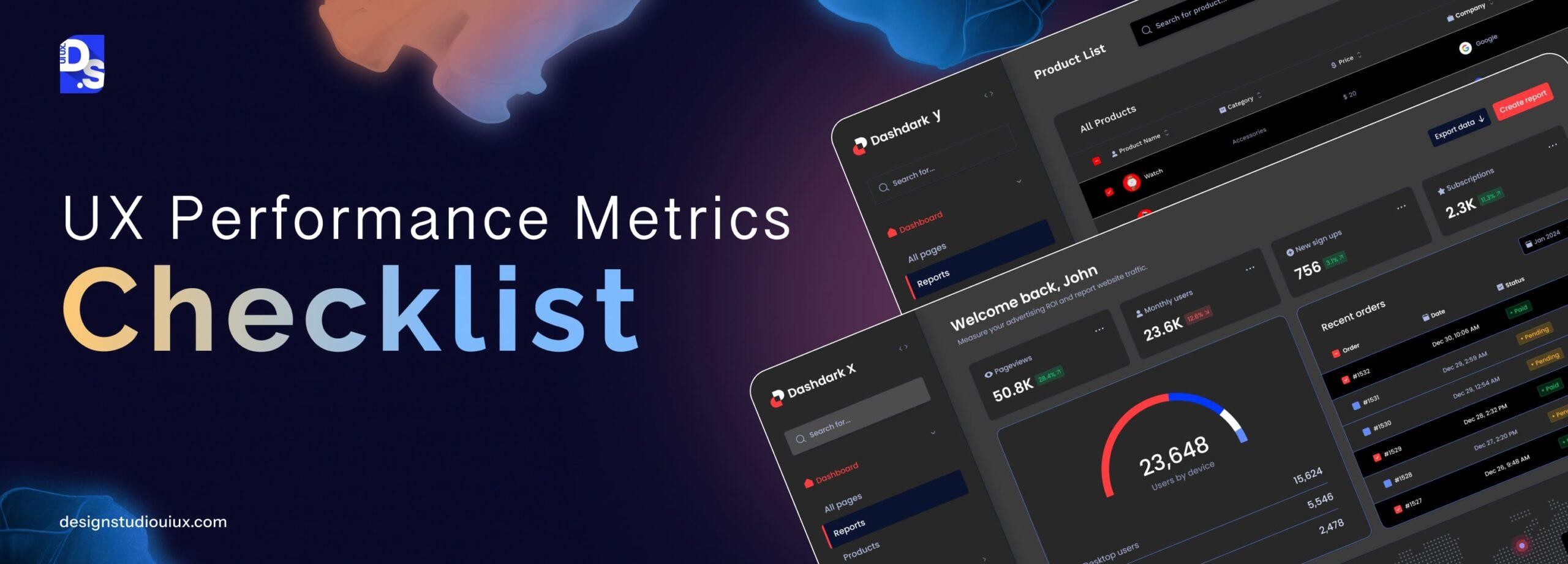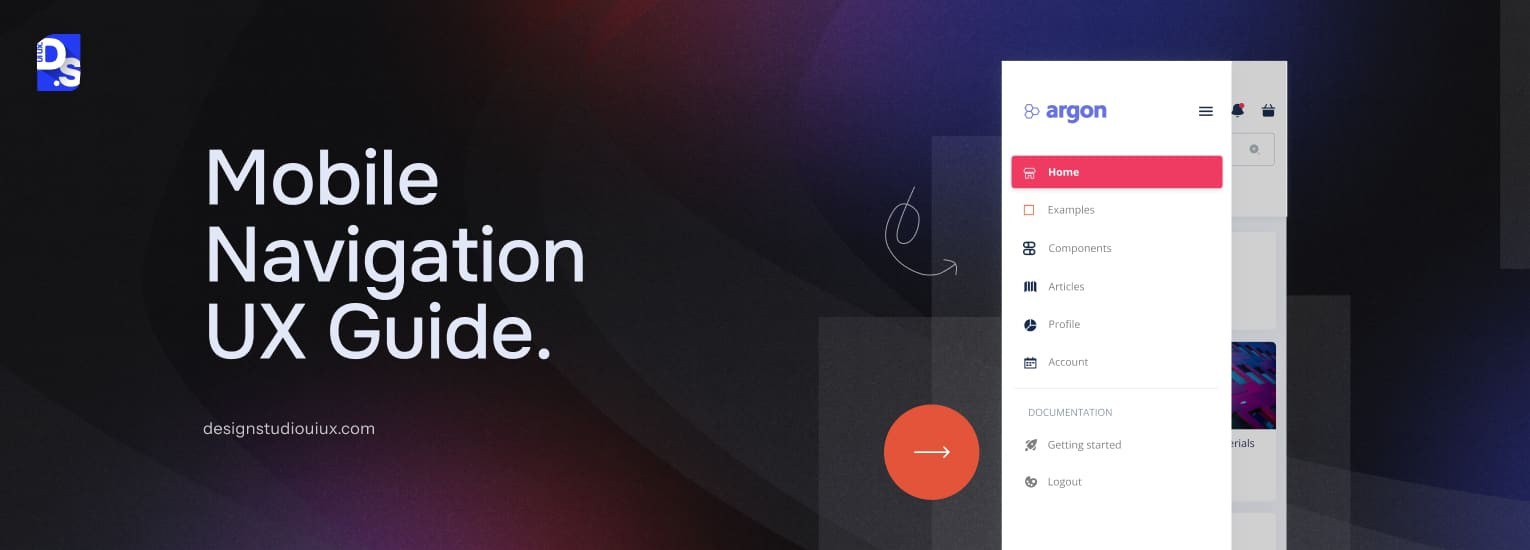18 Inspiring Wireframe Examples for Web Design (Latest 2025)
FAQ’s
What is the meaning of the term wireframe?
The term wireframe refers to a blueprint that shows the structure of a website. This blueprint only shows the pages’ layouts. It explains where different elements will be placed. It can even show content placement. But it’ll never have visual design elements—or actual content.
What is the procedure for developing wireframe?
Comprehend the site’s goal, who the end users are, and its basic layout. Then, draw simple shapes and lines to slowly translate those ideas. Sketch the layouts for key pages. Map out the locations of key, navigation, and interface elements.
Is wireframing UX or UI?
Wireframes are mainly part of UX design. They show the layout and how users move from one page to another. They also explain the site’s information architecture and basic functionalities. All of that happens before any visual or UI (User Interface) design task.
What are the three types of wireframes?
First, you have low-fidelity (basic sketches) wireframes. They’re for initial ideation. Next, mid-fidelity (more detailed, with grayscale). They’re for extensive user testing. And, thirdly, high-fidelity (pixel-specific, often with placeholder content) wireframes. They’re for pre-design stage idea finalization and testing.
What tool is best for creating wireframes?
We’re spoilt for choice today. Figma, Sketch, Adobe XD – they all offer rapid wireframing capabilities. And, it’s easy to share your work or co-create with team members on all of these tools.
What is the difference between wireframe and mockup design?
A wireframe is a structural blueprint and a site’s skeleton Whereas A mockup is a mid-fidelity visual representation of the site. It’s like a site’s muscular layer. The mockup will contain elements a wireframe never will. We’re talking branding elements, colors, typography, etc.
Difference between wireframe and prototype?
A wireframe is a static layout diagram of a website and A prototype is an interactive, higher-fidelity version of a prototype. It doesn’t just show user flow and functionality like wireframes. It simulates them. You can click through a prototype and get a close feel of the site’s final user experience.





